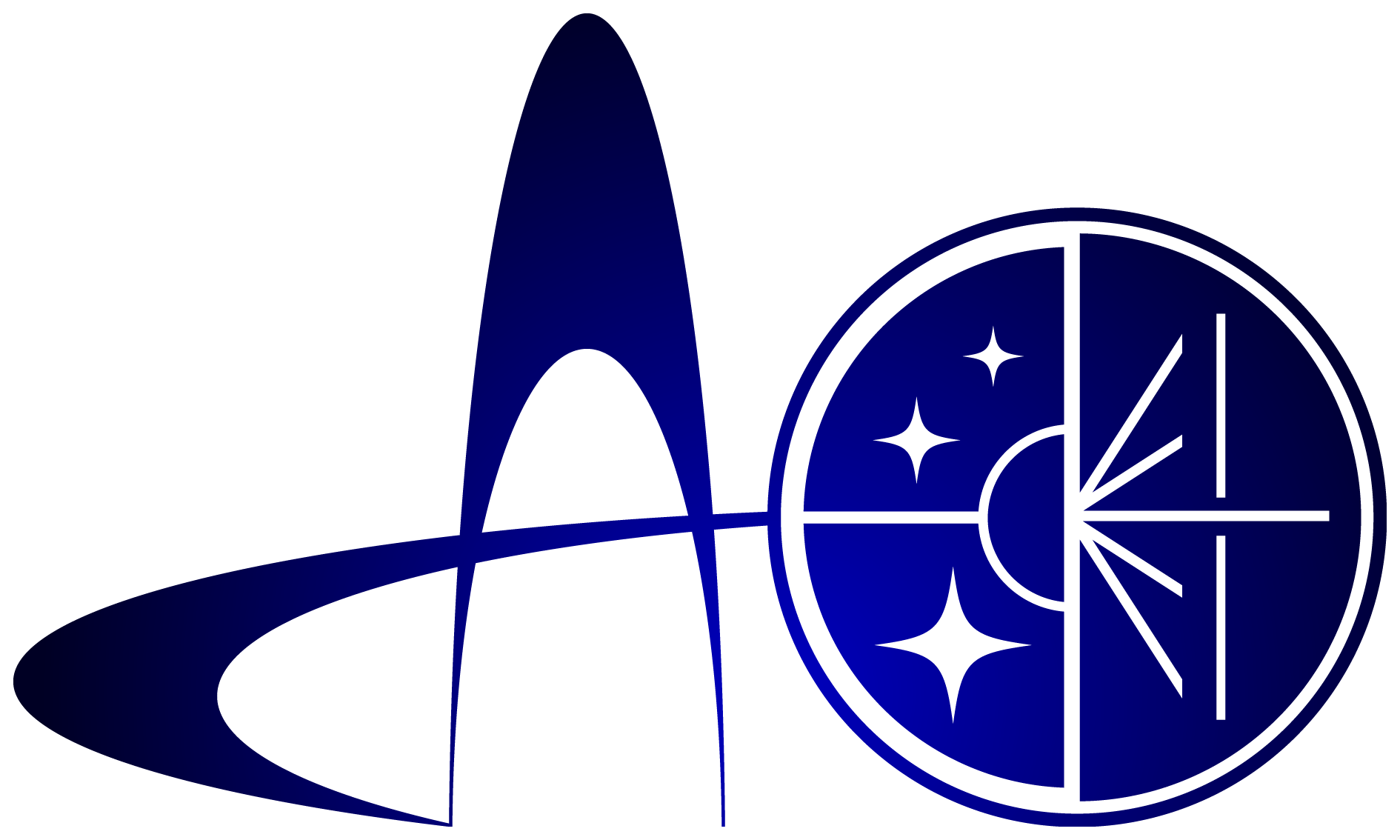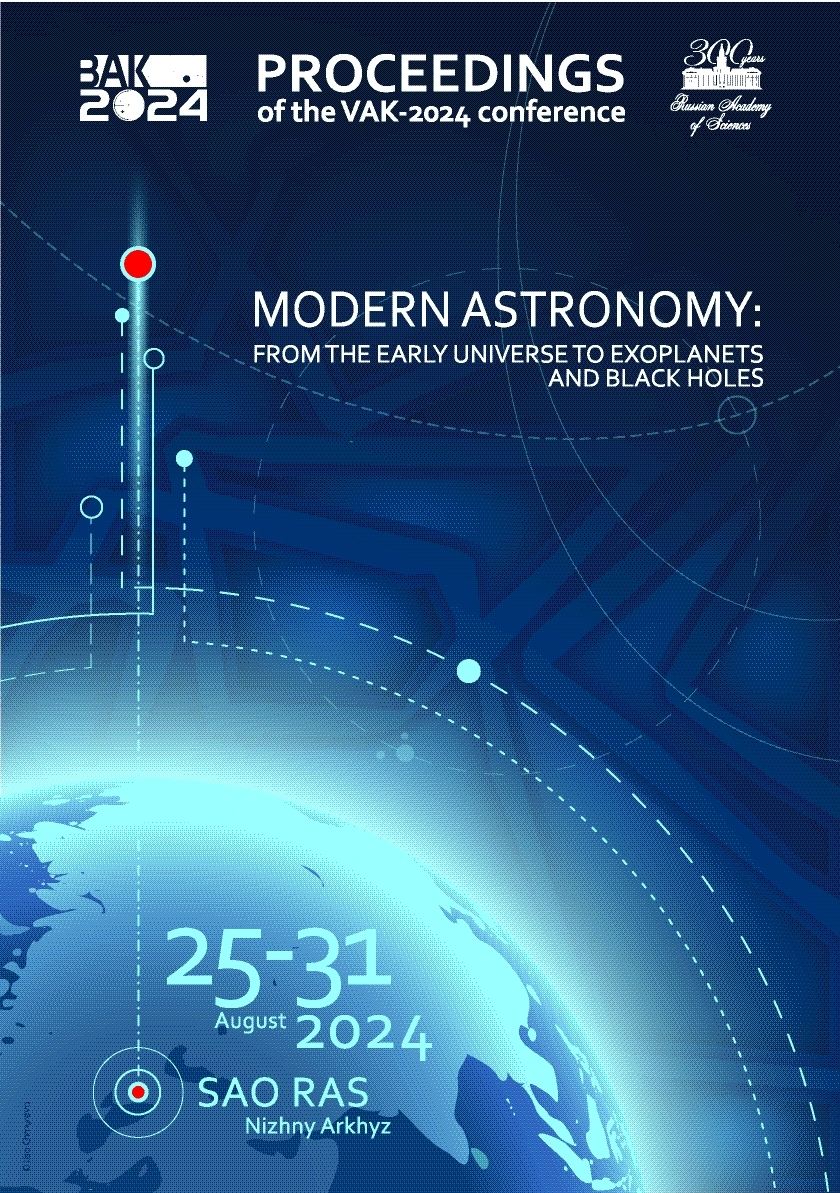UDC 52
UDC 53
UDC 520
UDC 521
UDC 523
UDC 524
UDC 52-1
UDC 52-6
CSCSTI 41.00
CSCSTI 29.35
CSCSTI 29.31
CSCSTI 29.33
CSCSTI 29.27
CSCSTI 29.05
Russian Classification of Professions by Education 03.06.01
Russian Classification of Professions by Education 03.05.01
Russian Classification of Professions by Education 03.04.03
Russian Library and Bibliographic Classification 2
Russian Library and Bibliographic Classification 223
Russian Trade and Bibliographic Classification 614
Russian Trade and Bibliographic Classification 6135
BISAC SCI004000 Astronomy
BISAC SCI005000 Physics / Astrophysics
The motion of the planetesimals and dust particles from the vicinity of the orbit of planet c in the Proxima Centauri exoplanetary system was studied. The computer simulations of planetesimal motion showed that during the growth of the mass of planet c by a factor of 2, the semimajor axis of its orbit could decrease by at least a factor of 1.5. After hundreds of millions of years, some planetesimals could still move in elliptical resonant orbits inside the feeding zone of planet c that had been mainly cleared from planetesimals. The amount of water delivered to the inner planet Proxima Centauri b probably exceeded the mass of water in Earth’s oceans. It is difficult to expect the existence of such a massive analogue of the Oort cloud around Proxima Centauri as around the Sun. The probability of the collisions of the dust particles with a diameter of about 100 microns migrated from the feeding zone of planet c with planet b could exceed 0.1, and it could be much greater than for the planetesimals from the same zone. More particles with diameters of the order of 10 and 100 microns can be delivered from the feeding zone of planet c to planet b than to planet c.
gravitation; methods: numerical; celestial mechanics; planets and satellites: formation
1. Ipatov S.I., 1993, Solar System Research, 27, 1, p. 65
2. Ipatov S.I., 2000, Migration of celestial bodies in the Solar System, Editorial URSS, Moscow
3. Ipatov S.I., 2010, IAU Symposium, 263, p. 41
4. Ipatov S.I., 2019, Solar System Research, 53, 5, p. 332
5. Ipatov S.I., 2021, Bulletin of the American Astronomical Society, 53, 3, id. 2021n3i1126
6. Ipatov S.I., 2023a, Meteoritics and Planetary Science, 58, 6, p. 752
7. Ipatov S.I., 2023b, Meteoritics and Planetary Science, 58, S1, p. A131
8. Ipatov S.I., 2023c, Solar System Research, 57, 3, p. 236
9. Ipatov S.I., 2023d, Solar System Research, 57, 6, p. 612
10. Levison H.F. and Duncan M.J., 1994, Icarus, 108, p. 18
11. Marov M.Ya. and Ipatov S.I., 2023, Physics–Uspekhi, 66, 1, p. 2
12. Schwarz R., Bazso A., Georgakarakos N., et al., 2018, Monhly Notices of the Royal Astronomical Society, 480, p. 3595









